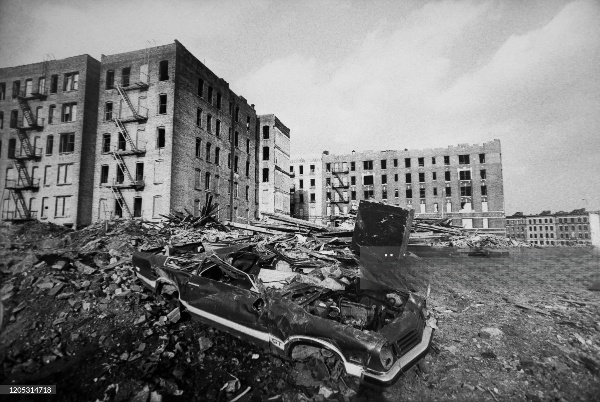THE REST ACT
A bill that would dramatically expand rent control across New York State was introduced in the 2025 Legislative session as S4659/A4877.
Background
The Emergency Tenant Protection Act of 1974 , known as ETPA , requires communities outside of new York City to conduct a vacancy study prior to declaring an emergency and imposing rent control within its borders. The vacancy study must show that a shortage of housing exists and the vacancy survey needs to show a threshold vacancy rate of 5% or lower before a municipality can enter into ETPA regulation of rents.

So too in the City of Kingston where the methods of manipulation differed in from those in Poughkeepsie and Newburgh, nevertheless Kingston manipulated the results just the same.
Having lost in their efforts to impose ETPA by virtue of contested and failed vacancy studies, tenant activists and State legislators who support them have introduced the REST Act , Rent Emergency Stabilization for Tenants Act, which proposes alternate subjective measures to the objective vacancy study as a prerequisite, using generally publicly available data. While these alternate methods are just that, while a municipality can still rely on the vacancy study method, it is clear that all will skip the objective vacancy study and go the express route of subjective public data.
